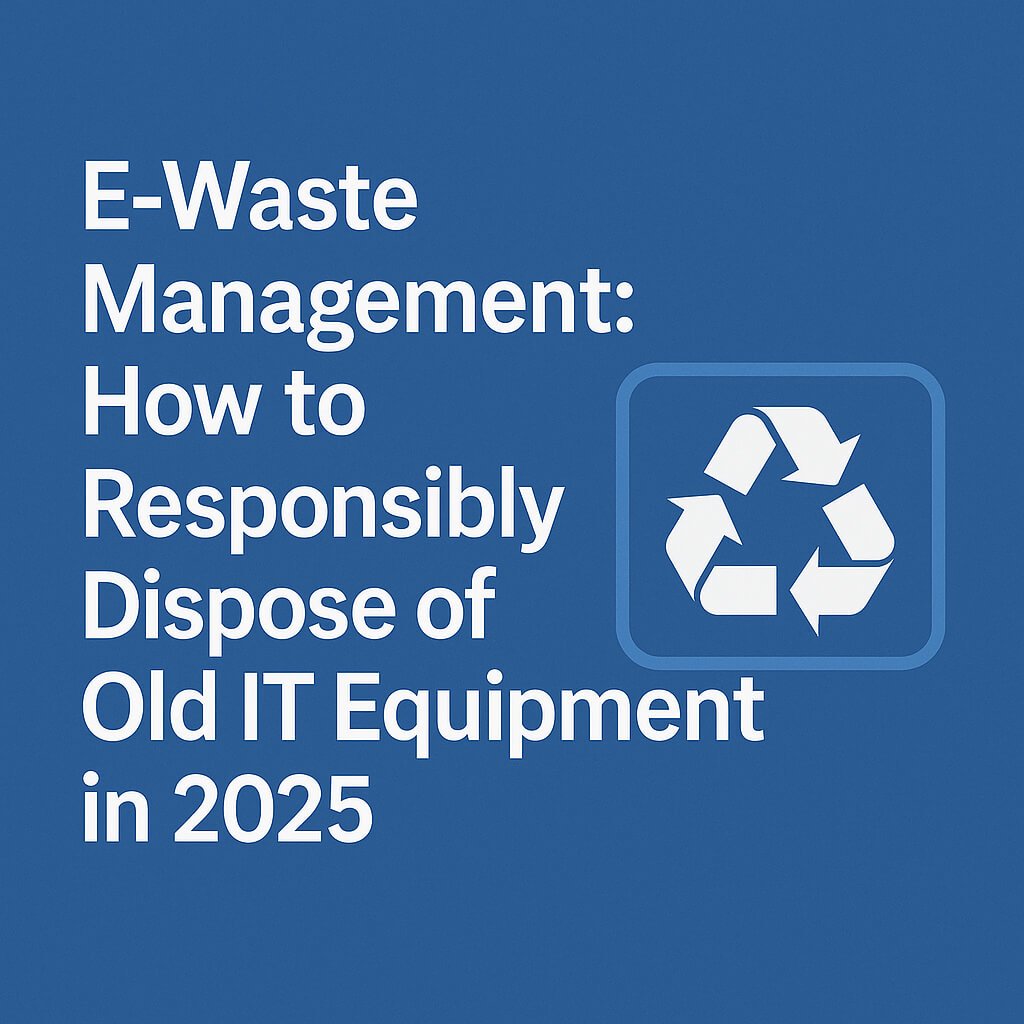Technology is moving faster than ever, and with it, the amount of electronic waste we produce is growing every year. By 2025, experts expect the world will generate over 60 million metric tons of e-waste. That’s a huge challenge, and it calls for all of us—whether individuals or businesses—to step up and do our part.
Old computers, servers, smartphones, and other gadgets hold valuable materials, but they also contain harmful substances that can damage our environment if not handled right. Responsible disposal of this equipment isn’t just a nice idea anymore—it’s something we owe to our planet and future generations.
Here’s a straightforward guide to help you responsibly get rid of your old IT equipment, cut down on landfill waste, and support a more sustainable economy.
1. Know What Counts as E-Waste
E-waste means any discarded electronic devices. That includes laptops, desktops, tablets, printers, routers, storage drives—even cables and chargers. These devices have precious metals like gold and copper that can be recycled. But they also carry toxic stuff like lead and mercury that need careful handling.
2. Protect Your Data First
Before you part ways with any device, make sure your personal and business data is completely wiped out. In 2025, there are plenty of easy and affordable tools to securely erase your data or physically destroy storage devices. Use certified services or follow the latest standards to keep your information safe.
3. Donate or Sell Working Equipment
If your device still works, think about donating it. Schools, nonprofits, and community groups often need technology and welcome refurbished gear. You can also sell or trade in your devices through certified refurbishers or manufacturer programs. This keeps gadgets in use longer and cuts down on waste.
4. Recycle Through Certified Facilities
When devices are no longer usable, recycle them at certified e-waste centers. Look for certifications like R2 or e-Stewards to be sure they meet strict environmental and ethical standards. These recyclers recover valuable materials safely and properly dispose of hazardous parts.
5. Use Manufacturer or Retailer Take-Back Programs
Many IT companies and retailers offer take-back or trade-in programs. Some even give incentives for returning your old gear. These programs make it easy to ensure your devices get recycled responsibly.
6. Join Local E-Waste Collection Events
Cities and environmental groups often host e-waste drives where you can drop off old electronics for free. These events are becoming more common as awareness grows, making responsible disposal simple.
7. Choose Sustainable Tech to Reduce Future Waste
The best way to fight e-waste is to prevent it. More people and companies are buying electronics designed to be repaired, upgraded, and recycled easily. When shopping, look for eco-friendly certifications like EPEAT or Energy Star.






